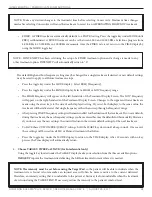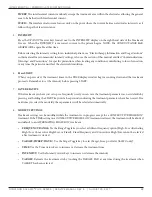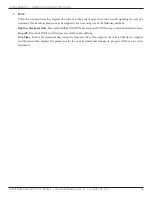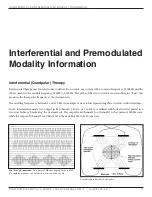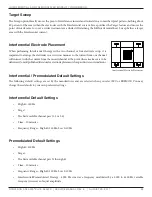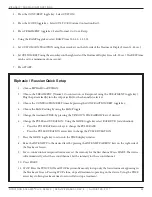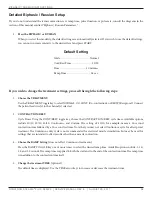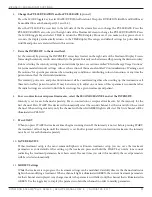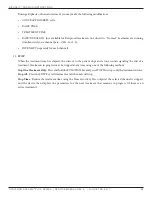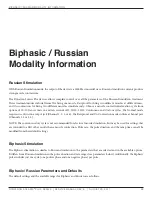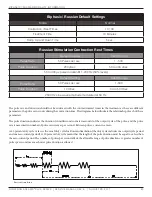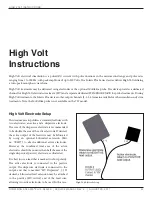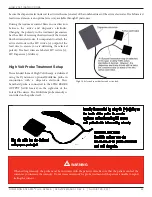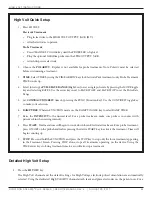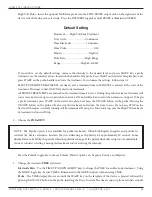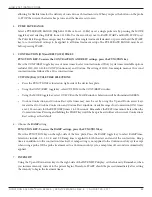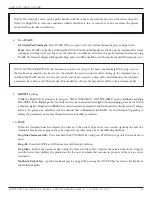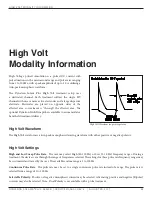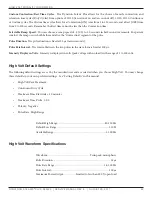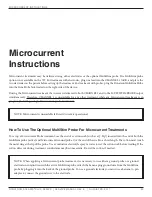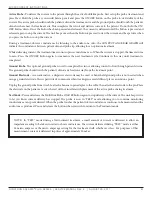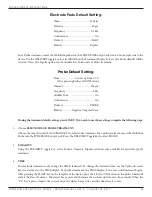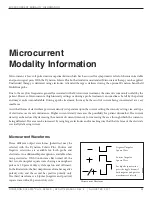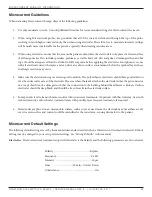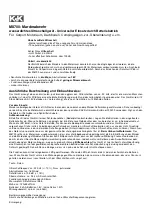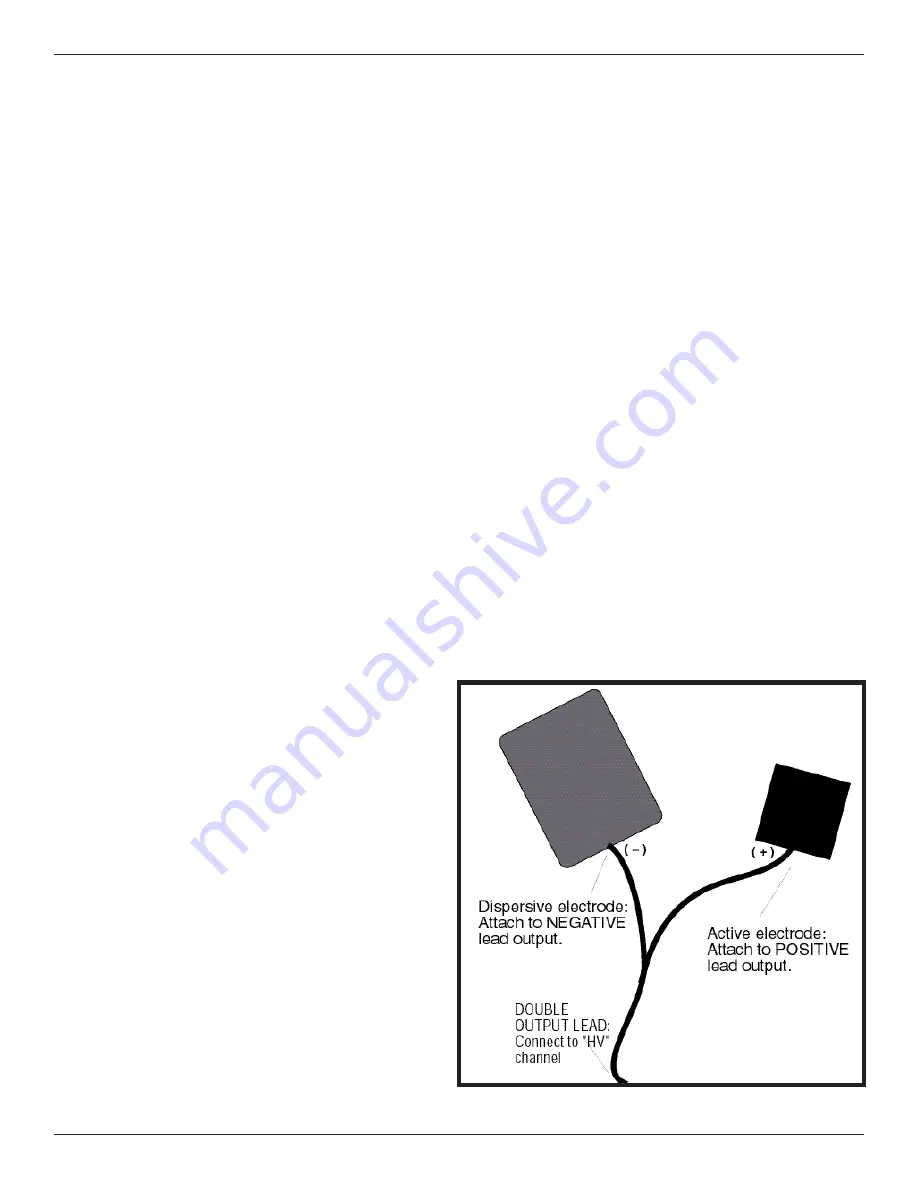
hIgh VolT InsTruCTIons
DYNATRON SOLARIS
®
PLUS SERIES | SERVICE MANUAL REV. 6 | AUGUST 29, 2017
42
High Volt
Instructions
High Volt electrical stimulation is a pulsed DC current with pulse durations in the microsecond range and pulse rates
ranging from 1 to 200 Hz, with peak amplitude of up to 500 Volts. The Solaris Plus Series devices deliver High Volt utilizing
a twin-peak monophasic waveform.
High Volt treatments may be delivered using electrodes or the optional MultiStim probe. The device provides a dedicated
channel for High Volt electrodes treatment (HV) and a separate dedicated STIM PROBE JACK for probe treatments. During
High Volt treatments, the Solaris Plus device’s other output channels (1-2-3-4) remain available for other simultaneously stim
treatments. Note, the MultiStim probe is not available on the 707 model.
High Volt Electrode Setup
This treatment setup utilizes a standard lead wire with
two electrodes; an active and a dispersive electrode.
The size of the dispersive electrode is recommended
to be double the area of the active electrode. If desired,
the active output of the lead wire may be bifurcated
by using an optional bifurcated extension (Part
no. 7B0077) to attach additional active electrodes.
However, the combined total area of the active
electrodes should be no more than half the area of the
single dispersive (passive) electrode, as illustrated.
It is best to use a lead that is marked to show polarity.
The active electrode is connected to the positive
output. The dispersive electrode is connected to the
output end that is marked “HV Dispersive” (-). If
desired, a bifurcated lead extension may be attached
to the positive (HV Active) end of the lead wire,
allowing two active electrodes to be used. In this case,
High Volt Electrode Setup

